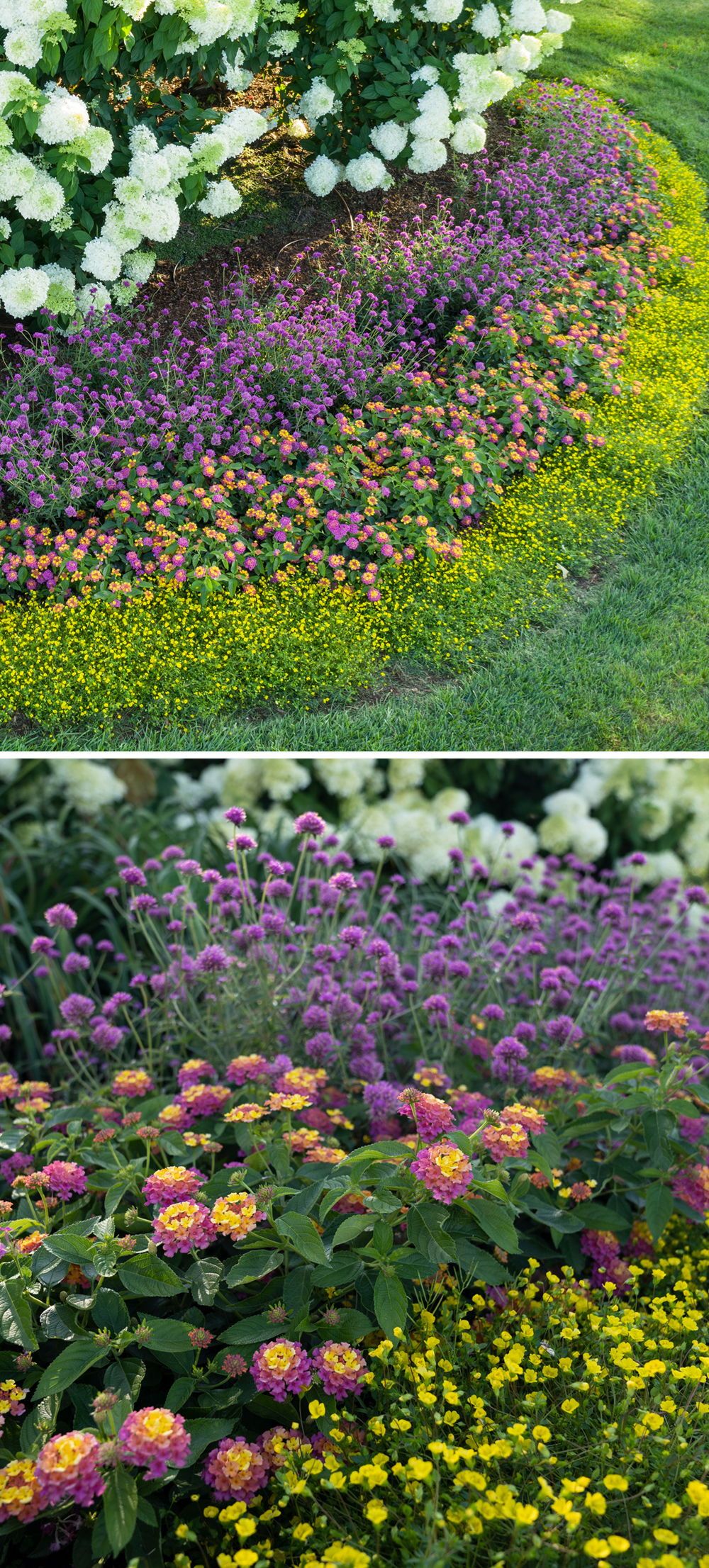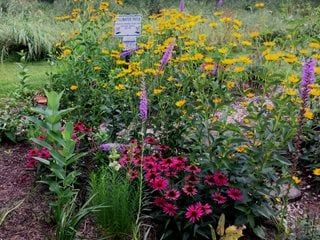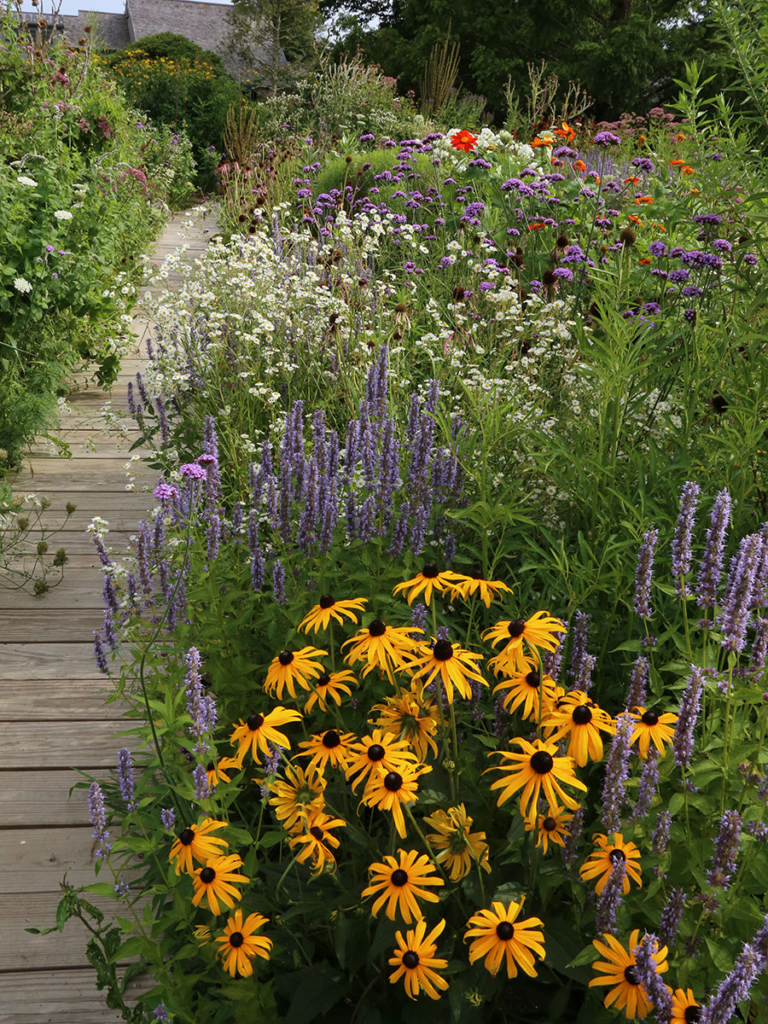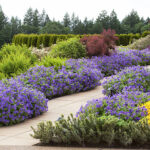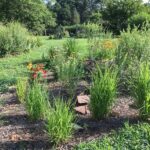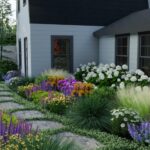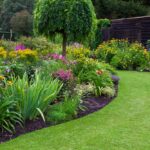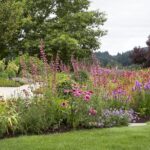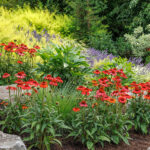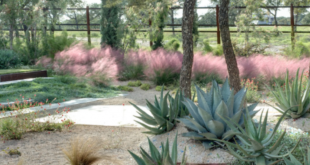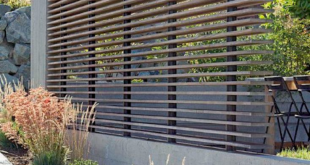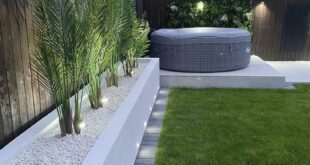A pollinator garden is a crucial component of any landscape design, as it provides essential food and habitat for the many species of pollinators that help to fertilize flowering plants. Creating a pollinator garden requires careful planning and consideration of the needs of various pollinators, such as bees, butterflies, and hummingbirds.
The first step in designing a pollinator garden is to choose a location that receives plenty of sunlight and is sheltered from strong winds. Pollinators thrive in sunny, protected areas where they can easily access nectar and pollen from flowers. It is also important to select a variety of flowering plants that bloom at different times throughout the year, providing a continuous food source for pollinators.
When selecting plants for a pollinator garden, it is important to choose a mix of native and non-native species that are attractive to a wide range of pollinators. Native plants are especially beneficial for pollinators, as they have co-evolved with local pollinators and are well-suited to their specific needs. Non-native plants can also provide valuable food and habitat for pollinators, but it is important to choose non-invasive species that will not harm local ecosystems.
In addition to selecting a diverse range of plants, it is important to consider the layout and design of the garden. Grouping plants with similar water and sunlight requirements together can help to create microhabitats that are attractive to different pollinators. Adding features such as bird baths, rock piles, and nesting boxes can also enhance the habitat value of a pollinator garden.
Maintaining a pollinator garden requires regular care and attention. It is important to water and fertilize plants as needed, and to remove any weeds or invasive species that may compete with or harm pollinator-friendly plants. Providing a source of fresh water, such as a shallow dish or bird bath, can also help to attract and support pollinators.
By following these design principles and incorporating pollinator-friendly plants and features, you can create a beautiful and vibrant pollinator garden that will attract a diverse array of pollinators to your yard or landscape. In doing so, you will not only help to support vital pollinator populations, but also enjoy the beauty and benefits of a thriving garden ecosystem.
 yishifashion Where Outdoor Dreams Become Reality
yishifashion Where Outdoor Dreams Become Reality
